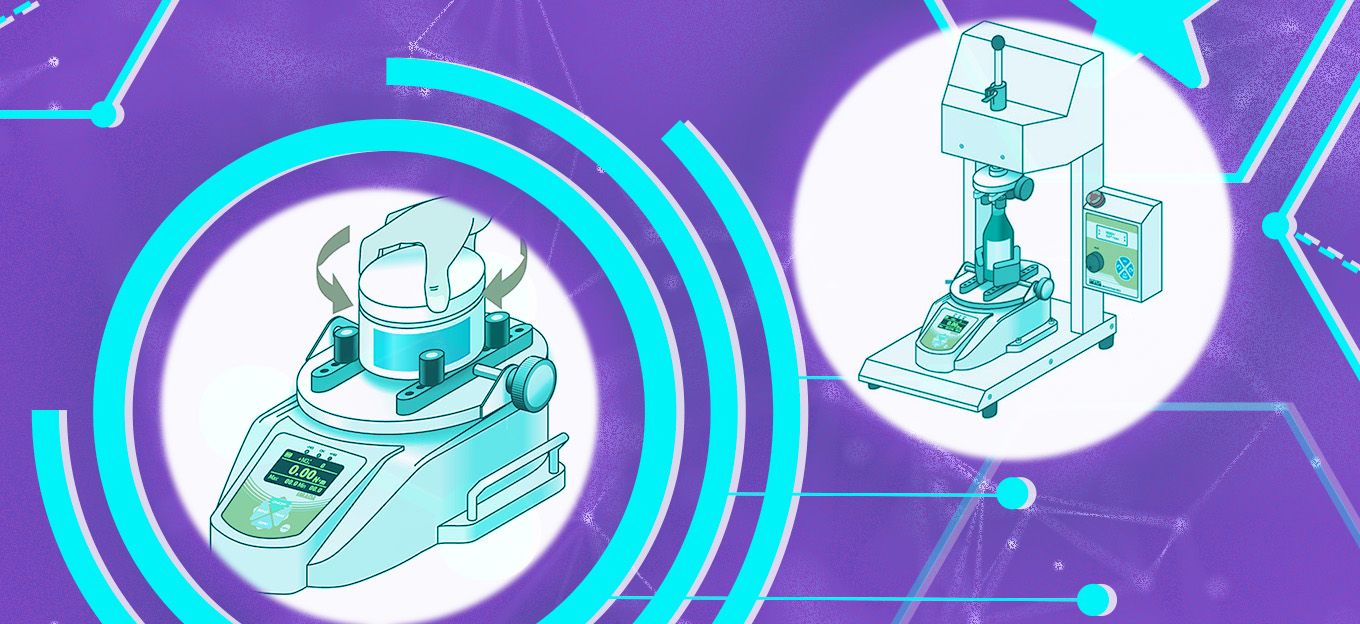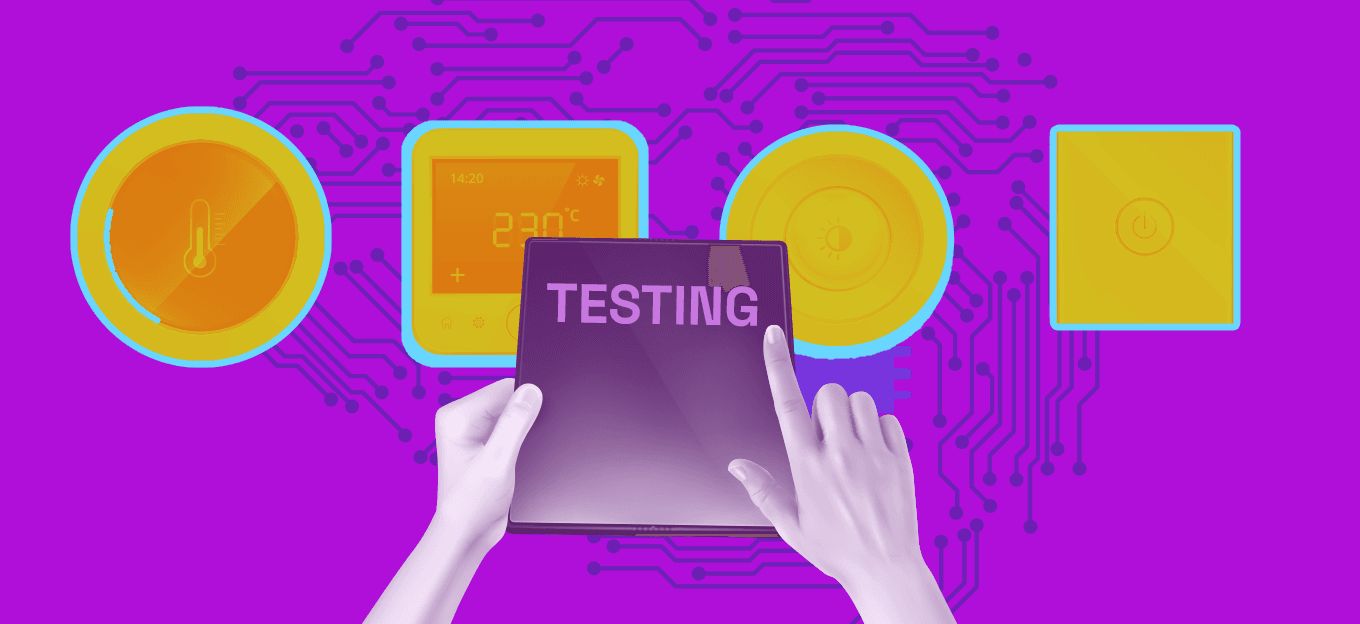The Role of IoT in Traceability and Quality Assurance for Torque Testing
The Role of IoT in Traceability and Quality Assurance for Torque Testing
- Last Updated: August 6, 2025
Billy Weingarten
- Last Updated: August 6, 2025



As the Internet of Things (IoT) continues to revolutionize industrial processes, its impact on torque testing is especially noteworthy. In sectors where fastening integrity is critical — such as automotive, aerospace, electronics, and heavy machinery — accurate torque measurement is not just a metric of performance but a mandate for safety and compliance.
With the integration of IoT technology, torque testing is entering a new era defined by traceability, transparency, and precision. Let's take a look at IoT's role.
Real-Time Data Collection and Analysis
Traditionally, torque testing was conducted manually or with semi-automated tools that lacked connectivity. The results were often logged manually, creating room for human error and making audits or diagnostics cumbersome.
IoT-enabled torque tools, however, eliminate these inefficiencies. By embedding sensors and wireless communication modules into torque equipment, these smart tools can now collect and transmit data in real time.
This capability allows technicians and quality control managers to monitor torque values as fasteners are being applied, ensuring that each bolt or screw meets predefined specifications. The live data feed can be analyzed immediately, flagging anomalies before they become product defects. This proactive approach improves consistency and reduces the number of faulty products that reach the end of the production line.
Enhanced Traceability Through Connectivity
One of the most transformative benefits of IoT in torque testing is its contribution to traceability. When connected to a centralized cloud or platform, IoT-enabled tools can log each torque event with metadata such as time, location, operator ID, and device calibration history. This comprehensive audit trail is invaluable for regulated industries where compliance with standards like ISO 9001 or IATF 16949 is mandatory.
Moreover, the traceability provided by IoT ensures accountability at every stage of assembly. In the event of a recall or defect investigation, manufacturers can isolate the issue with precision, down to the specific tool or operator responsible. This level of traceability not only improves safety and compliance but also saves time and costs associated with broad recalls or rework.
Improved Accuracy and Calibration Monitoring
Accuracy in torque application is critical. IoT tools continuously monitor performance metrics and can self-diagnose calibration drift or usage anomalies. Many systems now support automated alerts for recalibration, ensuring that tools remain within tolerance and reduce the risk of over-tightening or under-tightening.
Additionally, some IoT torque systems use machine learning algorithms to refine performance based on historical data. These adaptive technologies can help organizations fine-tune torque parameters for different materials and applications, enhancing both reliability and repeatability in torque-sensitive tasks.
Seamless Integration with Enterprise Systems
Another significant advantage of using IoT in torque testing is its ability to integrate with broader enterprise resource planning (ERP), manufacturing execution systems (MES), or quality management systems (QMS). By feeding torque data directly into these platforms, companies can automate quality control workflows and make smarter, data-driven decisions in real time. This level of integration is especially useful for large manufacturers managing high production volumes and global operations.
A Path to Smarter, Safer Manufacturing
For IoT industry professionals, torque testing represents a prime use case for demonstrating how connected devices can bridge the gap between mechanical precision and digital intelligence. With the ability to provide real-time visibility, ensure regulatory compliance, and improve operational efficiency, IoT-enabled torque testing tools are setting new standards for quality assurance and manufacturing excellence.
The Most Comprehensive IoT Newsletter for Enterprises
Showcasing the highest-quality content, resources, news, and insights from the world of the Internet of Things. Subscribe to remain informed and up-to-date.
New Podcast Episode

Moving Past the Pilot Phase in IoT and AI
Related Articles

